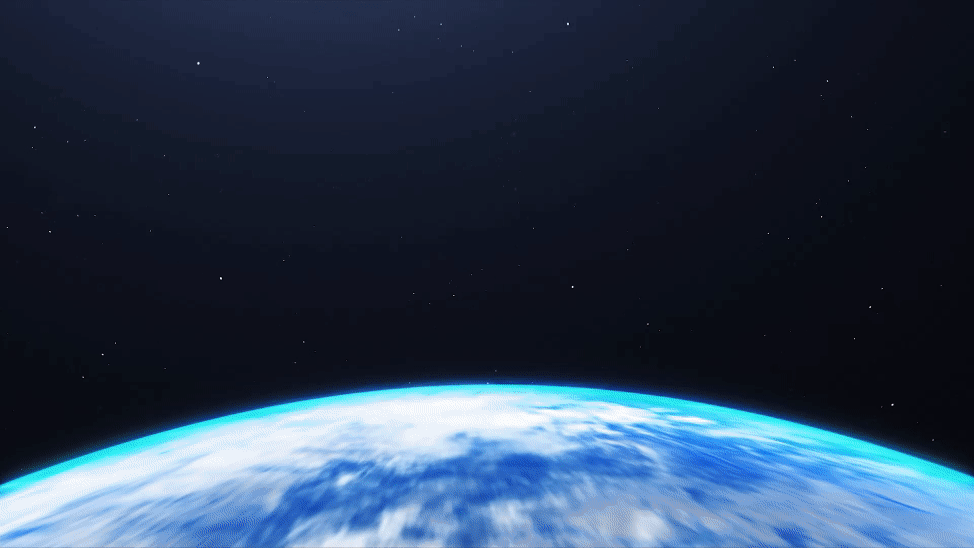Lunar Orbiter 4
Type
Launch
Target
Objective
What was Lunar Orbiter 4?
NASA launched five successful Lunar Orbiter missions to the Moon from 1966 through 1967 to map the surface before the Apollo landings. All five missions were successful and 99% of the Moon was photographed. This mission and the one that followed were devoted to scientific objectives and were flown above the Moon's poles.
| Nation | United States of America (USA) |
| Objective(s) | Lunar Orbit |
| Spacecraft | LO-D (Spacecraft 7) |
| Spacecraft Mass | 850 pounds (385.6 kilograms) |
| Mission Design and Management | NASA / LaRC |
| Launch Vehicle | Atlas Agena D (Atlas Agena D no. 22 / Atlas D no. 5804 / Agena D no. AD131/6633) |
| Launch Date and Time | May 4, 1967 / 22:25:00 UT |
| Launch Site | Cape Canaveral, Fla. / Launch Complex 13 |
| Scientific Instruments | 1. Imaging System 2. Micrometeoroid Detectors 3. Radiation Dosimeters |
Key Dates
May 4, 1967: Launch
May 8, 1967: Entered lunar orbit
May 11, 1967: Began photographic mission
Oct. 6, 1967: Spacecraft crashed onto the Moon
Firsts:
- Took first photos of the Moon's south pole
- First spacecraft to go into polar orbit around the Moon
In Depth: Lunar Orbiter 4
Lunar Orbiter 4 was the first in a series of missions dedicated to scientific surveys of the Moon. Its goal was to acquire contiguous photographic coverage of the lunar surface of at least 80% of the near side at 164-to-328 feet (50-to-100 meter) resolution.
After a course correction on May 5, 1967, Lunar Orbiter 4 fired its engine at 15:08 UT May 8 to insert the spacecraft into an initial lunar polar orbit of about 3,797 × 1,681 miles (6,111 × 2,706 kilometers) at an 85.5-degree inclination, thus becoming the first spacecraft to go into polar orbit around the Moon. The orbital period was about 12 hours.
The spacecraft began its photographic mission at 15:46 UT May 11, 1967. A potentially serious problem threatened the mission on May 13, 1967, when controllers found a problem with a camera thermal door that failed to close, leaking light onto exposed images. They were able to devise a fix that worked and the spacecraft continued its imaging mission.
During its two-month mission, Lunar Orbiter 4 took pictures of 99% of the near side and 75% of the far side of the Moon in a total of 163 frames. The imaging mission ended on the orbiter’s 34th orbit due to worsening readout difficulties. Fortunately, all but 30 of the 163 images collected, many with a resolution down to 197 feet (60 meters), were successfully transmitted to Earth by June 1, 1967.
In early June, controllers lowered the spacecraft’s orbit to match that of Lunar Orbiter 5 so that scientists could collect gravitational data in support of the latter mission.
Before losing contact on July 17, 1967, Lunar Orbiter 4 took the first photos of the lunar south pole and discovered a 149-mile (240-kilometer) long crustal fault on the far side. Since contact was lost before the controlled impact, the spacecraft naturally crashed onto the Moon on Oct. 6, 1967, due to gravitational anomalies.
Key Source
Siddiqi, Asif A. Beyond Earth: A Chronicle of Deep Space Exploration, 1958-2016. NASA History Program Office, 2018.



































